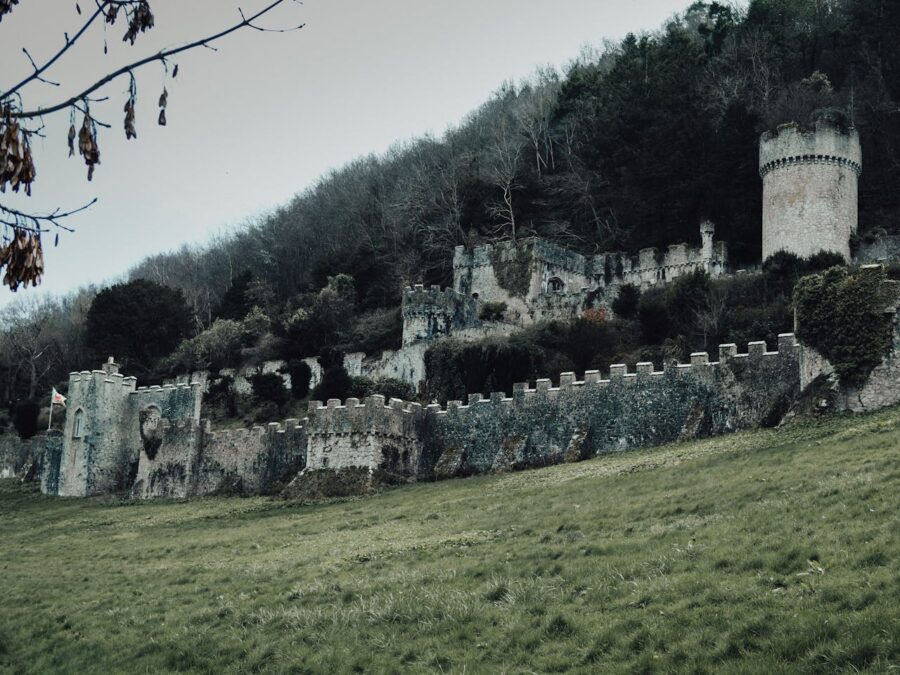 Organization and Regulation
Organization and Regulation
Medieval guilds were essential to the production of luxury goods, organizing and regulating the crafts that created high-quality, desirable items. Guilds such as goldsmiths, weavers, and silversmiths maintained strict standards for materials and workmanship, ensuring that their members produced goods of exceptional quality. They controlled the training of apprentices, the admission of journeymen, and the practices of master craftsmen, establishing a system that fostered expertise and innovation in luxury crafts.
Craftsmanship and Innovation
The production of luxury goods in medieval Europe involved advanced craftsmanship and innovation. Guilds developed specialized techniques for working with precious metals, fabrics, and other materials, creating intricate jewelry, fine textiles, and decorative objects. Innovations such as the use of enamel in goldsmithing, complex weaving patterns in textiles, and detailed engraving in metalwork reflected the skill and creativity of guild craftsmen. These luxury items were often commissioned by wealthy patrons and served as symbols of status and taste.
Economic and Social Impact
The production of luxury goods by guilds had significant economic and social impacts. The demand for high-quality items supported local economies, providing employment and generating wealth. Luxury goods were traded across Europe, contributing to the development of long-distance trade networks and the growth of urban markets. Socially, the possession and display of luxury items reinforced social hierarchies and cultural identities, reflecting the aspirations and values of medieval elites.
Conclusion
Medieval guilds played a crucial role in the production of luxury goods, combining craftsmanship and innovation to create items of exceptional quality. Their contributions to the economy and society highlight the importance of guilds in the cultural and economic landscape of medieval Europe.
